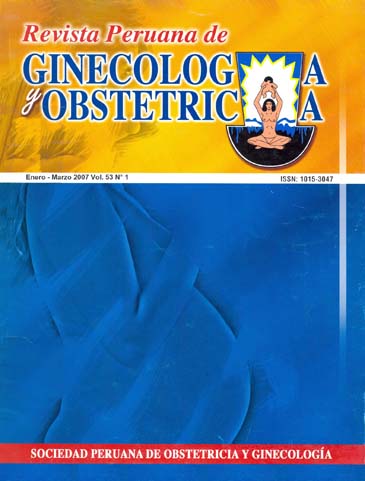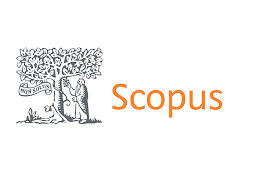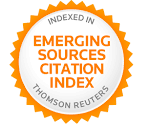Perinatal maternal complications of pregnancy in primiparous adolescents: Case-control study
DOI:
https://doi.org/10.31403/rpgo.v53i597Abstract
Objectives: To identify the main maternal and perinatal complications in primiparous adolescents, when compared with a control group. Design: Observational, analytical, case-control. Location: Obstetrics and Gynecology Service, Hospital Nacional Sergio E. Bernales, teaching hospital. Participants: primigravid Adolescents. Interventions: He divided the population {on two homogeneous groups of 162 participants each, randomly selected and distributed by age in case group (10-19 years old) and control (20-29 years). Main outcome measures: Complications in pregnancy. Results: The mean age of the adolescents was 17.5 years, 61.2% had not completed secondary school, only 8.6% were students, 83% housewife. 71% of couples of teenagers teen was of age. The teens had less prenatal care than adults, 83% versus 89%, although with p> 0.05. The most common complication was urinary teen infection (p = 0.00). Numéricamnete, there was a higher incidence of anemia, preeclampsia, premature rupture of membranes, bone dystocia funicular dystocia, placental senescence, prolonged labor and prolonged expulsion, puerperal infection and retention of afterbirth; but no statistically significant differences compared to the control group. Cesarean section was also more frequent in the control group compared to the group of teenagers, but with p> 0.05. The condition of the newborn large for gestational age was the only commplicación, with p> 0.05. Conclusions: Only urinary infection and large for gestational age were more common in adolescents. Perinatal maternal complication is a very important one in adolescents under 16 factor. In late adolescence, they seem much more important and greater impact various factors psychological and social.Downloads
Downloads
Published
2015-05-16
How to Cite
Sandoval, J., Mondragón, F., & Ortíz, M. (2015). Perinatal maternal complications of pregnancy in primiparous adolescents: Case-control study. The Peruvian Journal of Gynecology and Obstetrics, 53(1), 28–34. https://doi.org/10.31403/rpgo.v53i597
Issue
Section
Artículos Originales
















